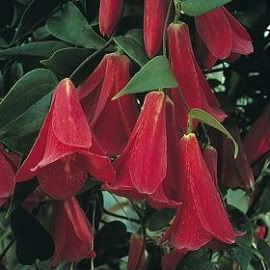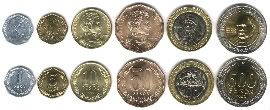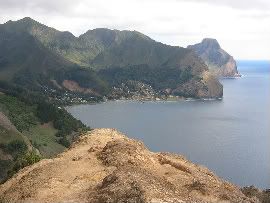Monday, April 5, 2010
Subscribe to:
Post Comments (Atom)

Albanian | Arabic | Bulgarian | Catalan | Chinese | Croatian | Czech | Danish | Dutch | Estonian | Filipino | Finnish | French | Galician | German | Greek | Hebrew | Hindi | Hungarian | Indonesian | Italian | Japanese | Korean | Latvian | Lithuanian | Maltese | Norwegian | Polish | Portuguese | Romanian | Russian | Serbian | Slovak | Slovenian | Spanish | Swedish | Thai | Turkish | Ukrainian | Vietnamese | (Get this widget)






 The national flower is the copihue. The Chilean poet Gabriela Mistral described it this way: "The climber betrays the grumpy austral forest; she revives it and practically makes it speak. The acrobat of the oaks and the dancer of the whitewoods harries its nursemaid-trees with the lasso of flaming fireworks."
The national flower is the copihue. The Chilean poet Gabriela Mistral described it this way: "The climber betrays the grumpy austral forest; she revives it and practically makes it speak. The acrobat of the oaks and the dancer of the whitewoods harries its nursemaid-trees with the lasso of flaming fireworks."
 The monetary system of Chile is single-unit based, with the unit of Chilean money being called the Peso. The names and relative values of the coins depicted above are, from left to right:
* One Peso - (1 Peso)
* Five Pesos - (5 Pesos)
* Ten Pesos - (10 Pesos)
* Fifty Pesos - (50 Pesos)
* One Hundred Pesos - (100 Pesos)
* Five Hundred Pesos - (500 Pesos)
The monetary system of Chile is single-unit based, with the unit of Chilean money being called the Peso. The names and relative values of the coins depicted above are, from left to right:
* One Peso - (1 Peso)
* Five Pesos - (5 Pesos)
* Ten Pesos - (10 Pesos)
* Fifty Pesos - (50 Pesos)
* One Hundred Pesos - (100 Pesos)
* Five Hundred Pesos - (500 Pesos)
1 Egg: 80 pesos
Package of Noodles: 400 pesos
1 Liter of Milk: 600 pesos
1 Kilo of bread: 750 pesos
1.5 liters of soft drink (soda): 750 pesos
2 kilos of potatoes: 800 pesos
Bar of soap: 800 pesos
A hot dog or a “completo”: 850 pesos
1 liter of cooking oil: 850 pesos
5 hamburger patties: 1000 pesos
1 kilo of ground beef: 1500 pesos
450 ml. shampoo: 1500 pesos
750 grams of laundry detergent: 1700 pesos
 The southern part of of Chile is made up of thousands of little islands. One of these islands is named Robinson Crusoe, after the novel by Daniel Defoe. Defoe based the story on the experiences of a seaman (Alexander Selkirk) marooned on that very Chilean island in 1704. He lived there for 4 years before being rescued by an English Pirate Ship.
The southern part of of Chile is made up of thousands of little islands. One of these islands is named Robinson Crusoe, after the novel by Daniel Defoe. Defoe based the story on the experiences of a seaman (Alexander Selkirk) marooned on that very Chilean island in 1704. He lived there for 4 years before being rescued by an English Pirate Ship.
Copyright © 2009 Elder Jackson McKade Christensen . Blog Designed by Dante Araujo & Klodian.
No comments:
Post a Comment